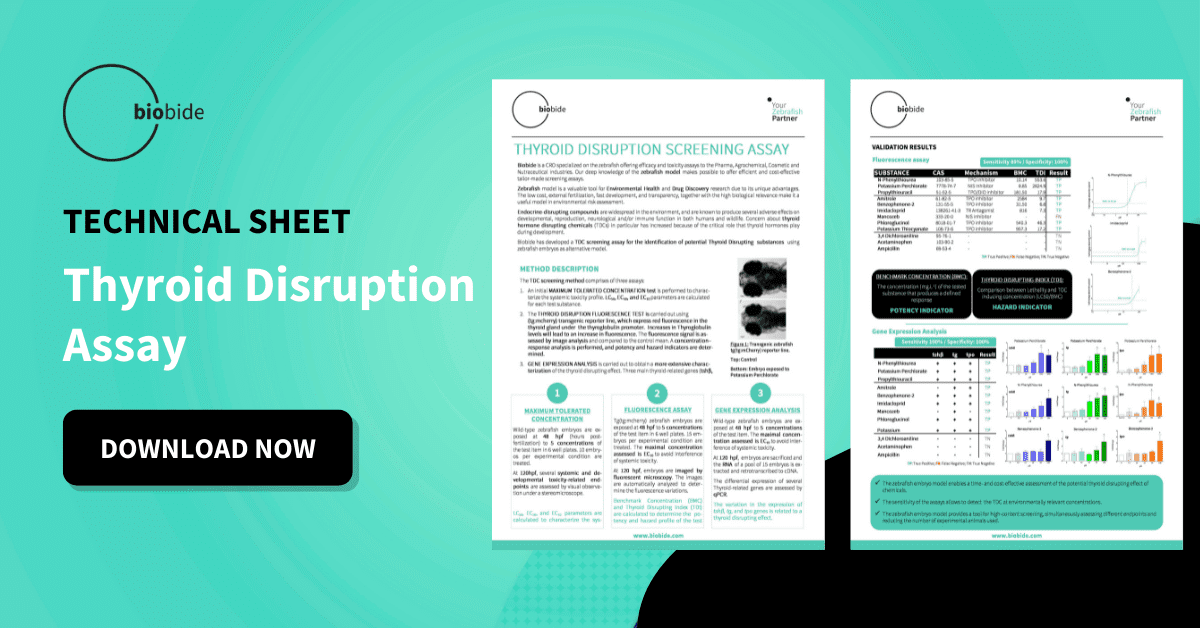Exposure to harmful chemicals surrounds us in our daily lives. From the water-plastic bottles consume to the non-stick pans we use to cook, the toys our children play with, or many of the everyday items we take for granted contain chemicals known as Endocrine Disruptors (EDC).
Whilst many people are aware pesticides are harmful there is less understanding of how cosmetics, packaging, and household cleaners are seriously damaging our health and that of future generations, with unpredictable future health consequences.
The human body’s endocrine system is responsible for the hormones that promote developmental, reproductive, immune, metabolic, and neurological functions. These hormones send messages to receptors in the body’s cells that impact their response. This allows the cells to perform their role in the body’s good health. However, endocrine disruptors can affect this hormone pathway and cause the cells to behave abnormally, and, consequently, disrupting key biological processes.
Studies have shown that exposure to endocrine disruptors, especially in the long term, can have a serious effect on human health.

What are the effects of Endocrine Disruptors on the body?
Research on endocrine disruptors has demonstrated that they can play a significant role in human health problems, especially developmental toxicity. They can interfere with normal development, which is usually irreversible. Contact with these chemicals can occur through common products we use without us being aware of the severe consequences.
In particular, endocrine disruptors are known to influence:
- Fetal development: causing premature birth and poor gestation.
- The long-term health of infants born to mothers exposed to these disruptors can include low IQ in males, child behavior problems, and the appearance of diseases in later life.
- Fertility: resulting in a reduction in sperm count.
- The occurrence of cancer: especially breast, prostate, and ovarian cancer, is sometimes a result of exposure to endocrine disruptors that simulate estrogen.
Concerning the link between endocrine disruptors and cancer development, studies have shown that exposure to these compounds can both cause and increase the progression of many cancers. There is also evidence to suggest these disruptors can also be a contributing factor to non-hormonal cancers, such as cervical, bone, and lung cancers.
These negative effects are especially linked to thyroid-disrupting substances, as thyroid hormones are an essential part of the endocrine system.
Thyroid disruption and its effects
The thyroid hormones regulate the metabolism of the body and affect growth and development. The need to understand how thyroid inhibition is prompted by thyroid-disrupting chemicals, from those that cause environmental toxicity to those in the food and drinks we consume and the personal care products we use is urgent.
The detrimental results of exposure to harmful chemicals are often not apparent for many years, i.e. they appear later in adulthood, so preventing this disturbance of the normal progression of human development can stop the evolution of serious human health problems.
The use of zebrafish for thyroid disruption assays
To advance the study of Endocrine Disruptors, Biobide has developed a Thyroid disruption high-content screening assay using zebrafish. It is impossible and unethical to test the effect of harmful chemicals in humans, and, also, testing in mammal animal models such as mice or rats presents ethical concerns. Therefore there are many efforts to minimize the use of laboratory animals and to replace them with New Alternative Methods (NAMs). Zebrafish is a perfect alternative model that is highly reliable and genetically similar to humans and enables the use of fish embryos for screening methods.
Zebrafish embryos can be used in various complementary screening assays, such as:
- Maximum tolerated concentration: assessment of the lethality/morphological alterations to select the best concentrations for subsequent assays.
- Fluorescence assay: thyroid function is tested using tg(tg:mcherry) transgenic embryos that produced fluorescent thyroglobulin. In this way, the levels of the protein can be analyzed by fluorescence level seen in image analysis. Thyroglobulin is a protein made by the thyroid gland and is an important marker that can show the existence of thyroid cancer.
- Gene expression analysis: targeting of genes related to ED such as thyroid disruption, or estrogen pathways.
- Bioavailability assay of T3/T4 hormones: alterations in T4/T3 hormone detected for the EDCs through LC-Ms-Ms techniques in zebrafish embryos treated with them.
Zebrafish make a suitable alternative model for this form of assay as they are cheap to breed and store, and can be produced in large numbers, allowing for a high-scale and cost-effective endocrine disruption screening.
The research on the effect of endocrine disruptors on human health is ongoing, and the creation of Biobide’s high-content screening assays represents an important mission in the intention to understand the effect of these dangerous chemicals and to limit the presence of those with harmful effects to improve the population health.
Sources
- https://www.endocrine.org/journals/endocrine-reviews/endocrine-disrupting-chemicals-and-pregnancy
- https://academic.oup.com/edrv/article/42/3/295/6060059
- Endocrine Disruptors (nih.gov)
- Endocrine disruptors - ECHA (europa.eu)
- Guidance for the identification of endocrine disruptors in the context of Regulations (EU) No 528/2012 and (EC) No 1107/2009 - - 2018 - EFSA Journal - Wiley Online Library
- Endocrine Disruptors: Definition, Examples, and Role in Cancer (verywellhealth.com)
- AOPs Article on “An AOP-based alternative testing strategy to predict the impact of thyroid hormone disruption on swim bladder inflation in zebrafish”





